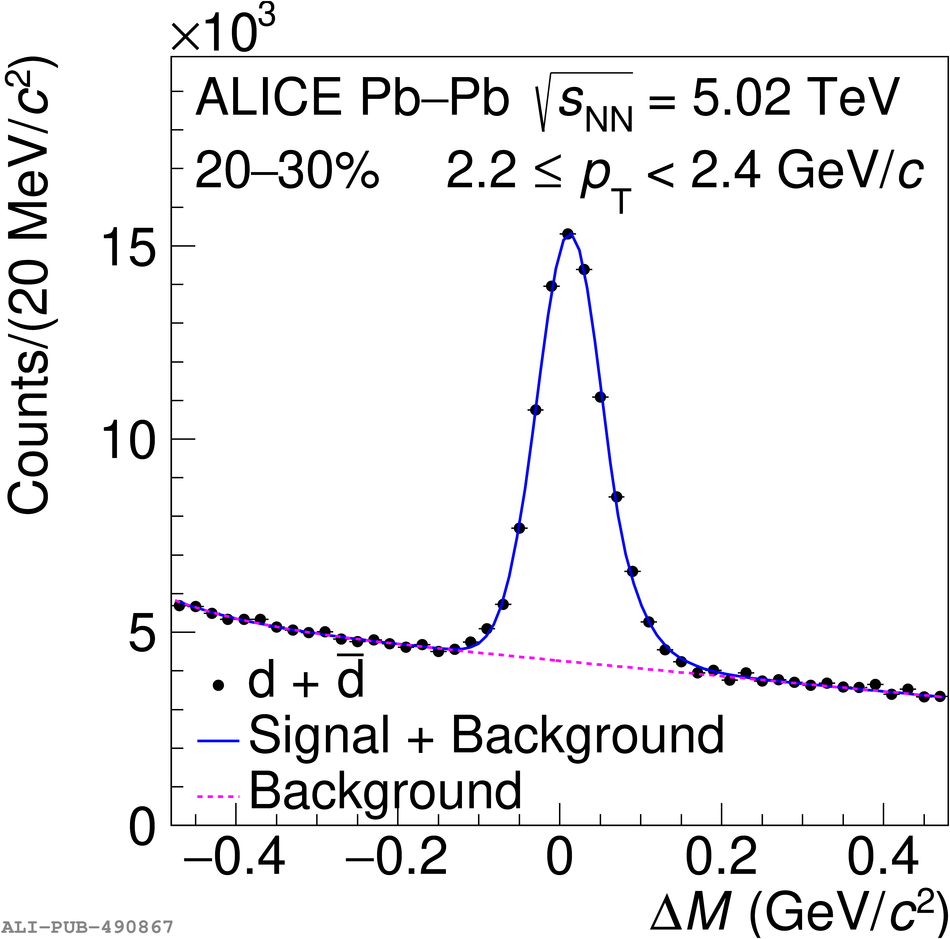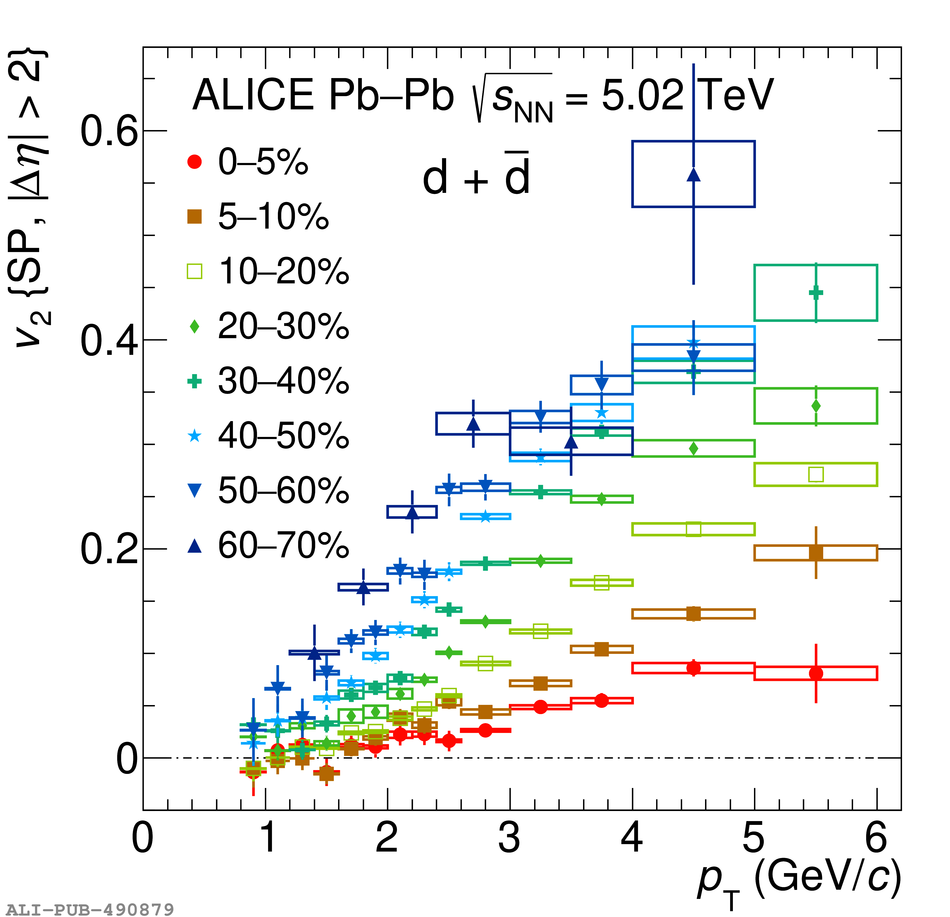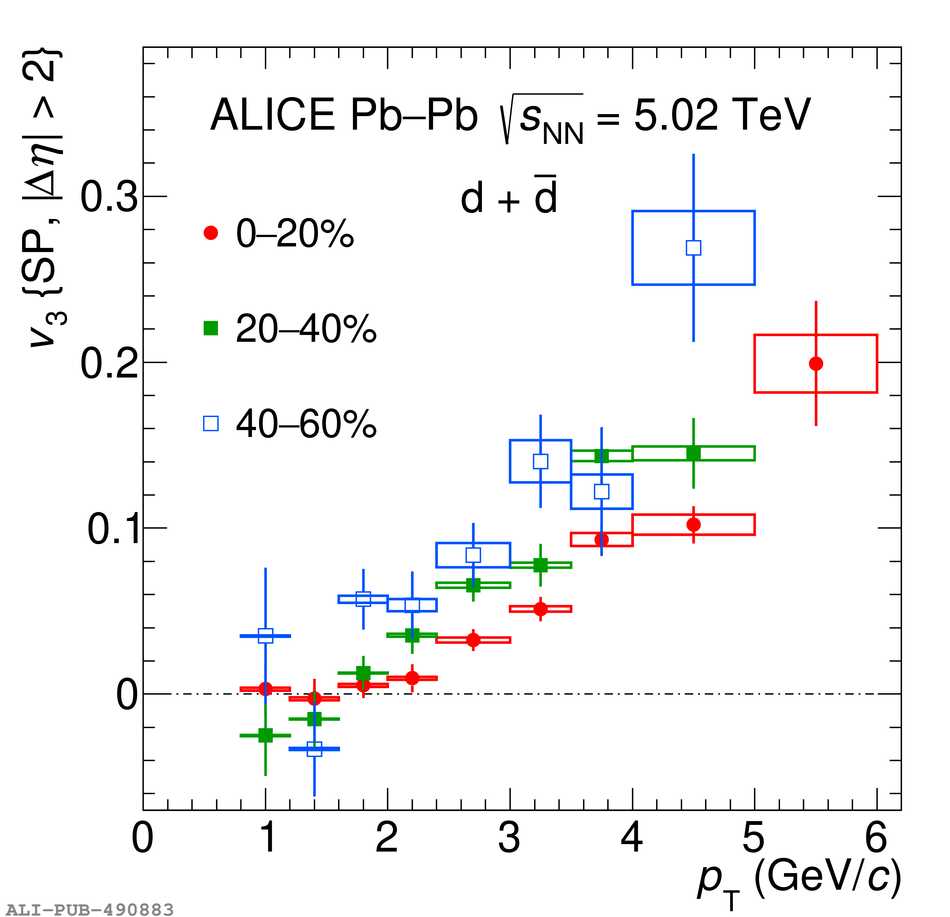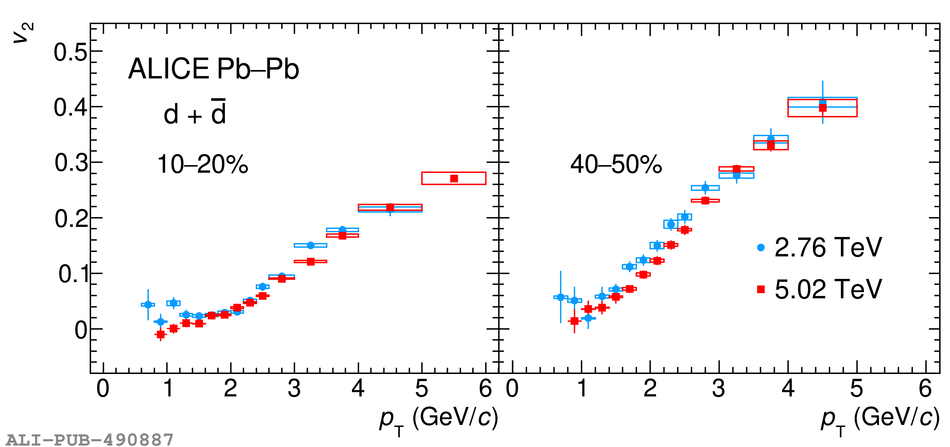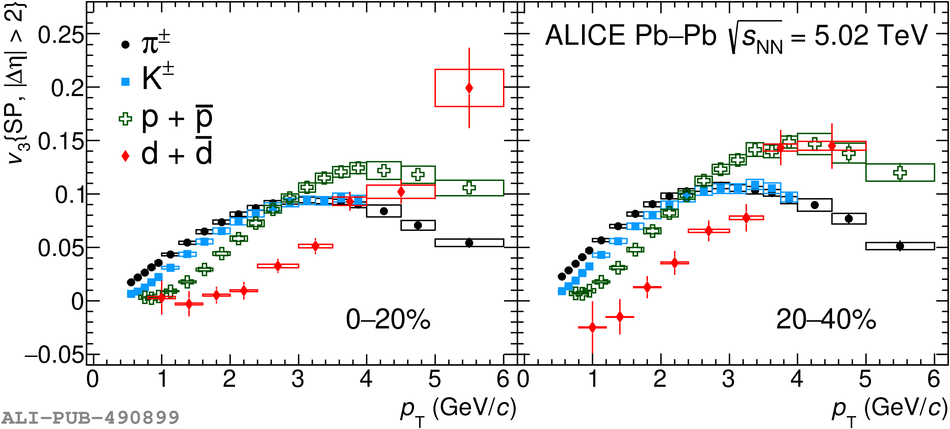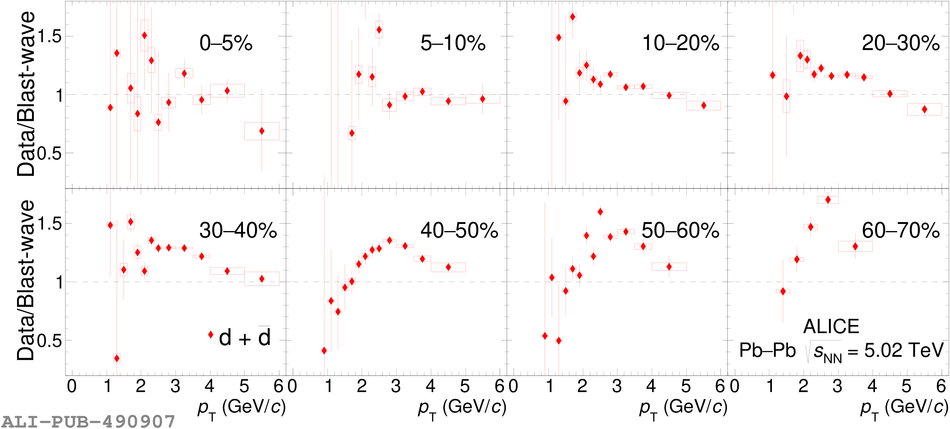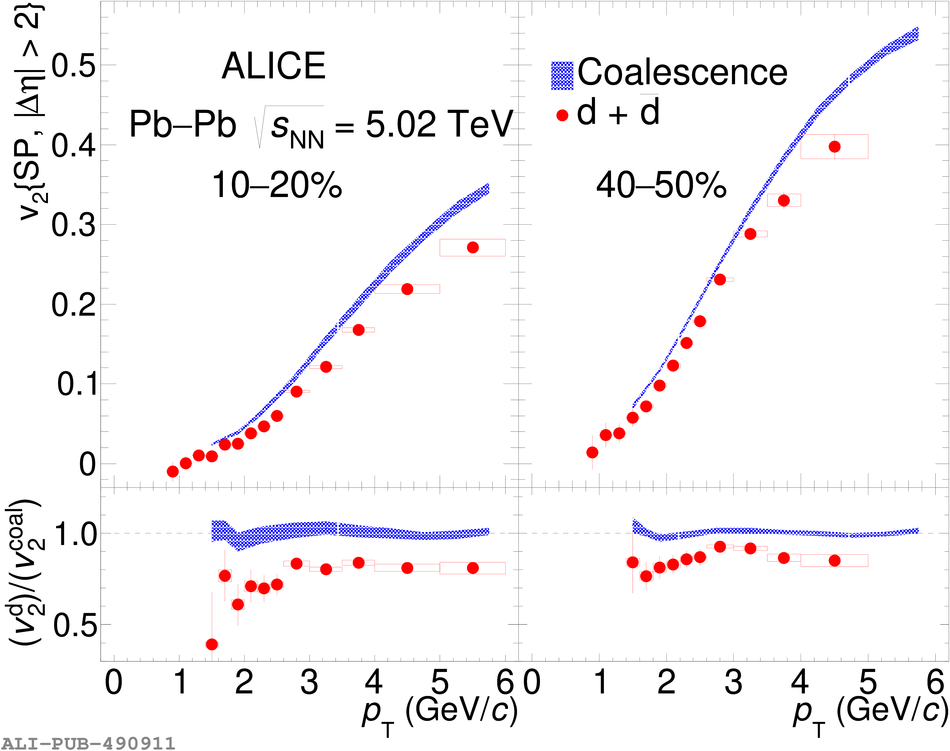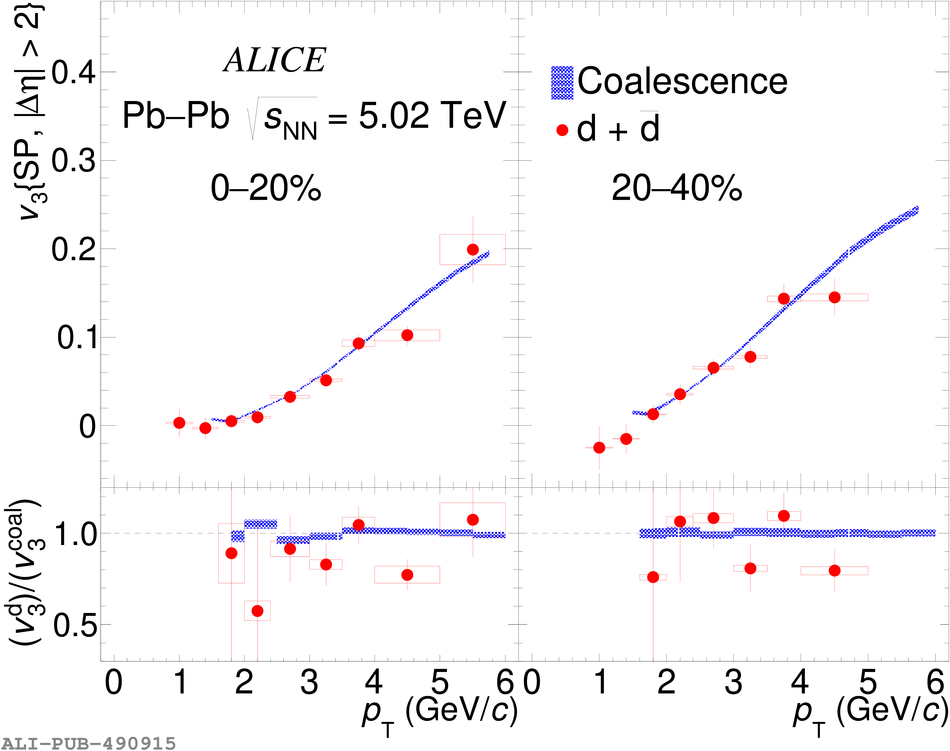The measurements of the (anti)deuterons elliptic flow ($v_2$) and the first measurements of triangular flow ($v_3$) in Pb-Pb collisions at a center-of-mass energy per nucleon-nucleon collisions $\sqrt{s_{\mathrm{NN}}}$ = 5.02 TeV are presented. A mass ordering at low transverse momentum ($p_{\rm T}$) is observed when comparing these measurements with those of other identified hadrons, as expected from relativistic hydrodynamics. The measured (anti)deuterons $v_2$ lies between the predictions from the simple coalescence and blast-wave models, which provide a good description of the data only for more peripheral and for more central collisions, respectively. The mass number scaling, which is violated for $v_2$, is approximately valid for the (anti)deuterons $v_3$. The measured $v_2$ and $v_3$ are also compared with the predictions from a coalescence approach with phase-space distributions of nucleons generated by iEBE-VISHNU with AMPT initial conditions coupled with UrQMD, and from a dynamical model based on relativistic hydrodynamics coupled to the hadronic afterburner SMASH. The model predictions are consistent with the data within the uncertainties in mid-central collisions, while a deviation is observed in central centrality intervals.
Phys. Rev. C 102 (2020) 055203
HEP Data
e-Print: arXiv:2005.14639 | PDF | inSPIRE
CERN-EP-2020-099
Figure group

